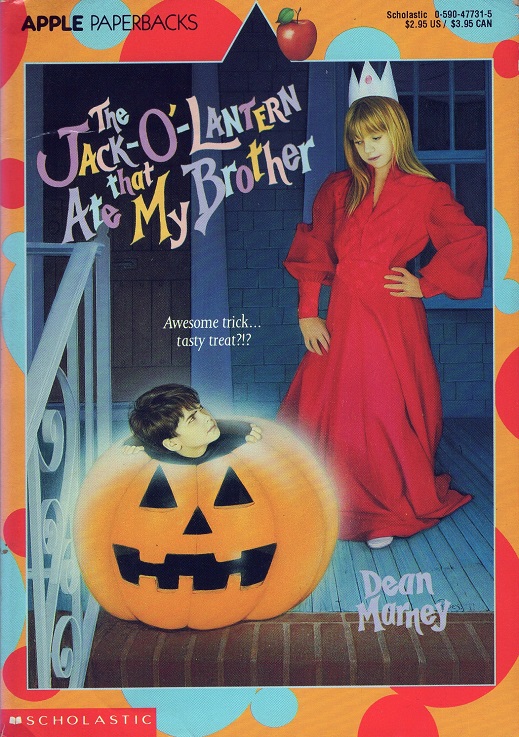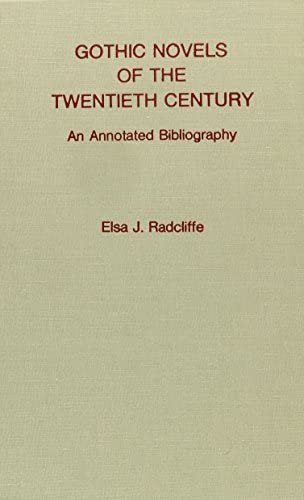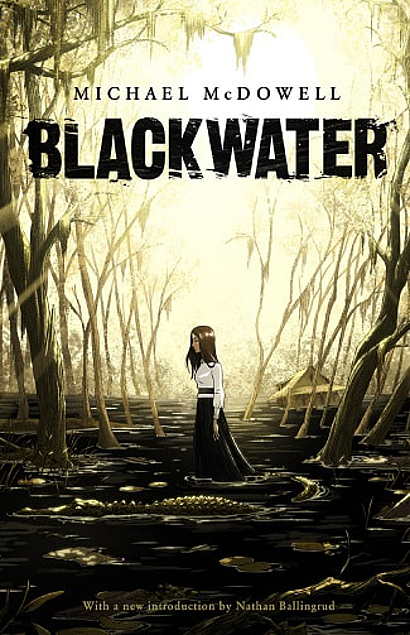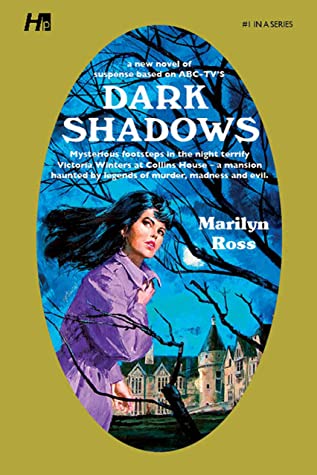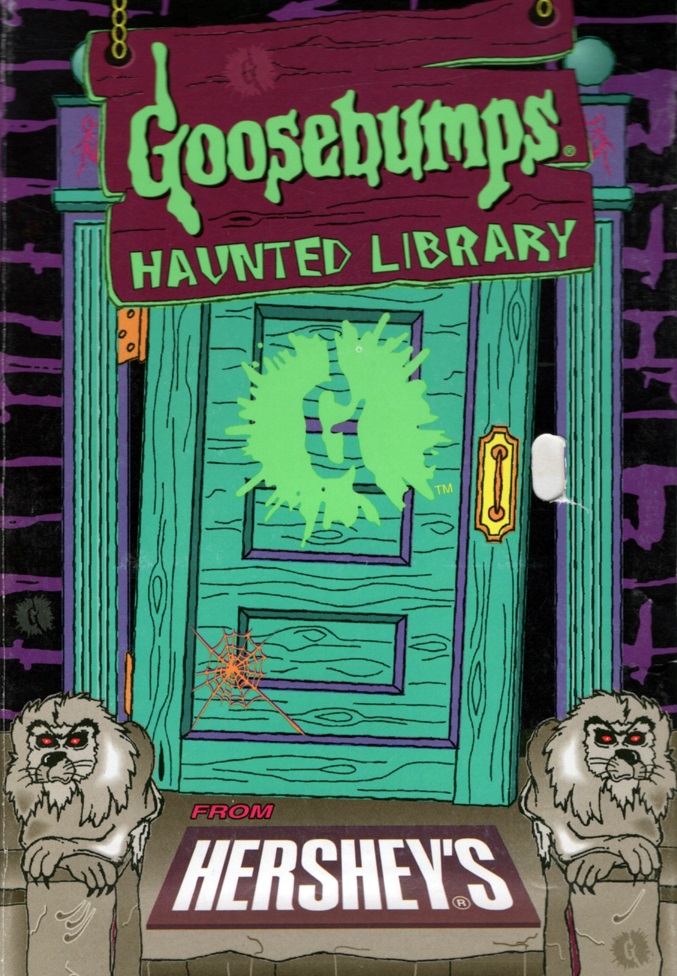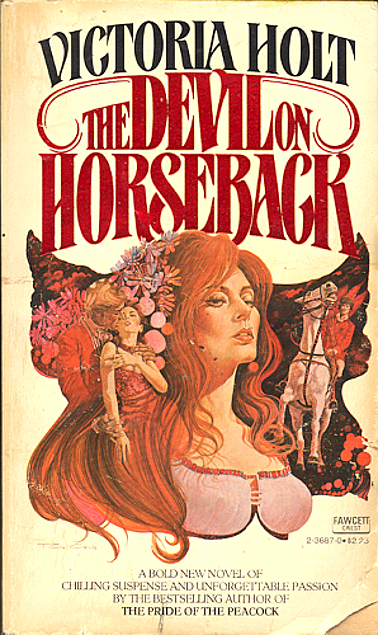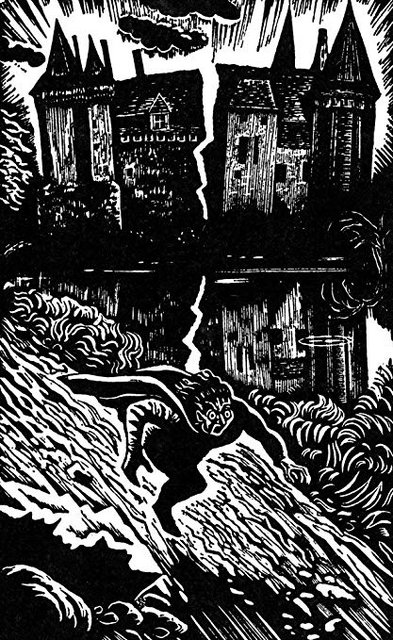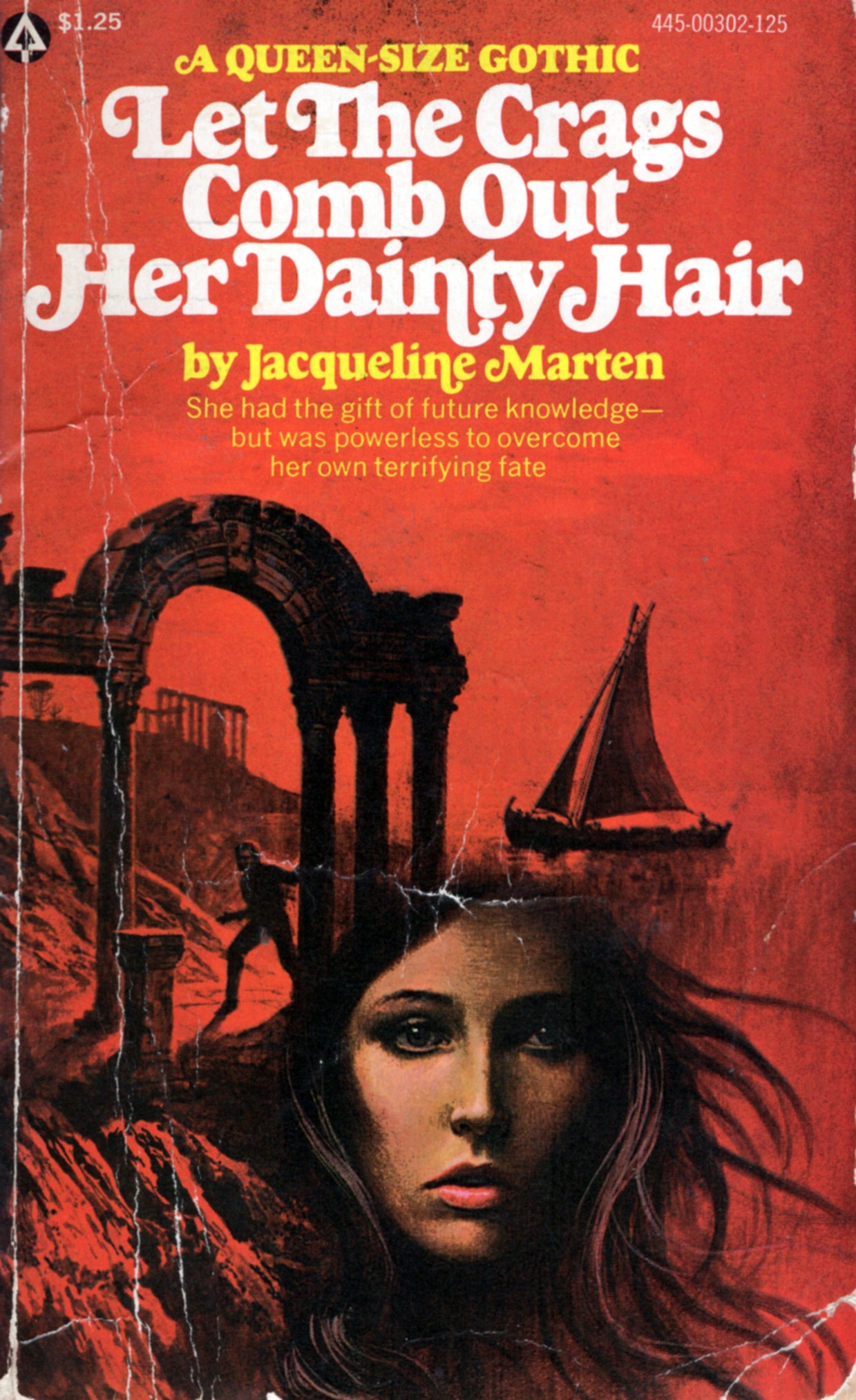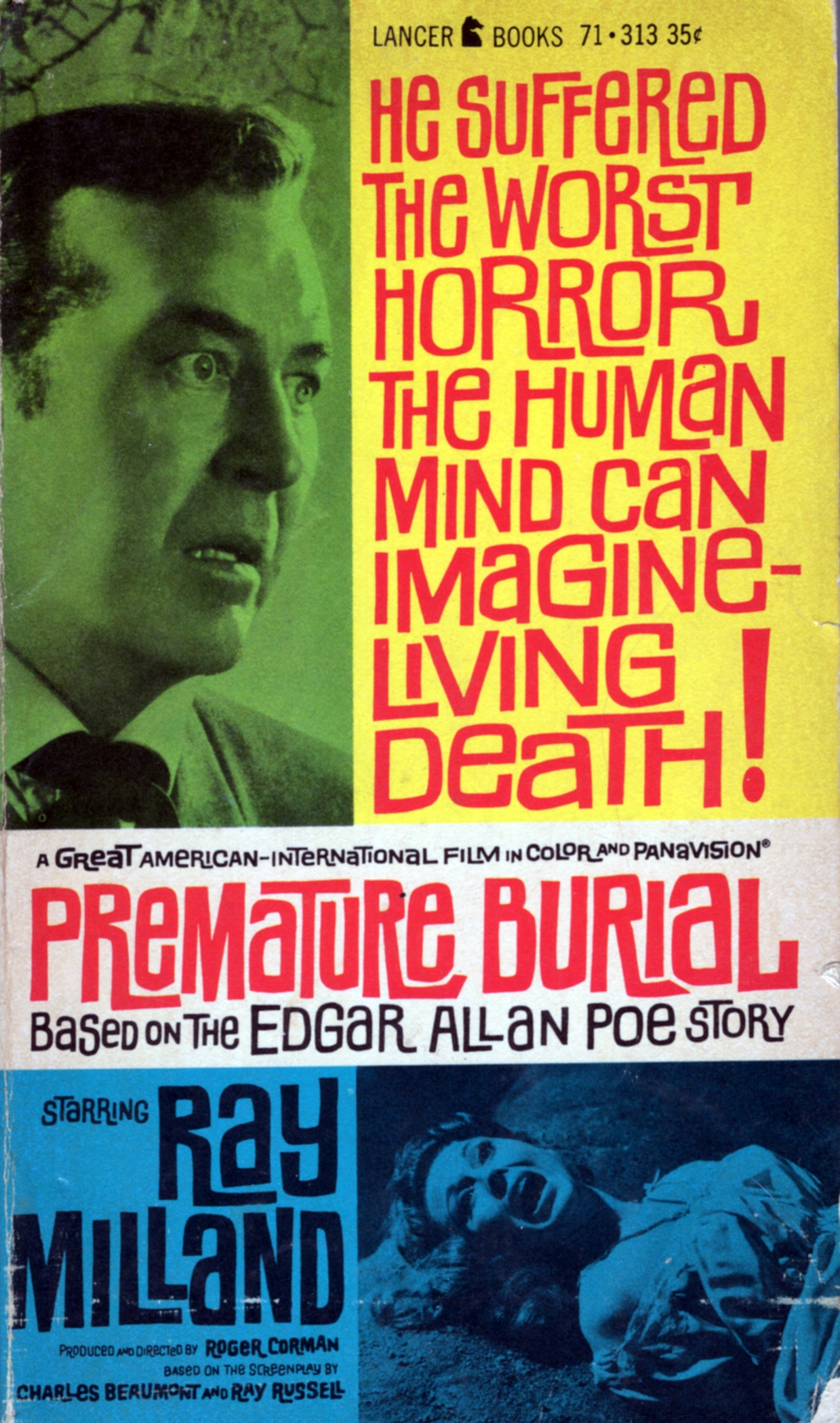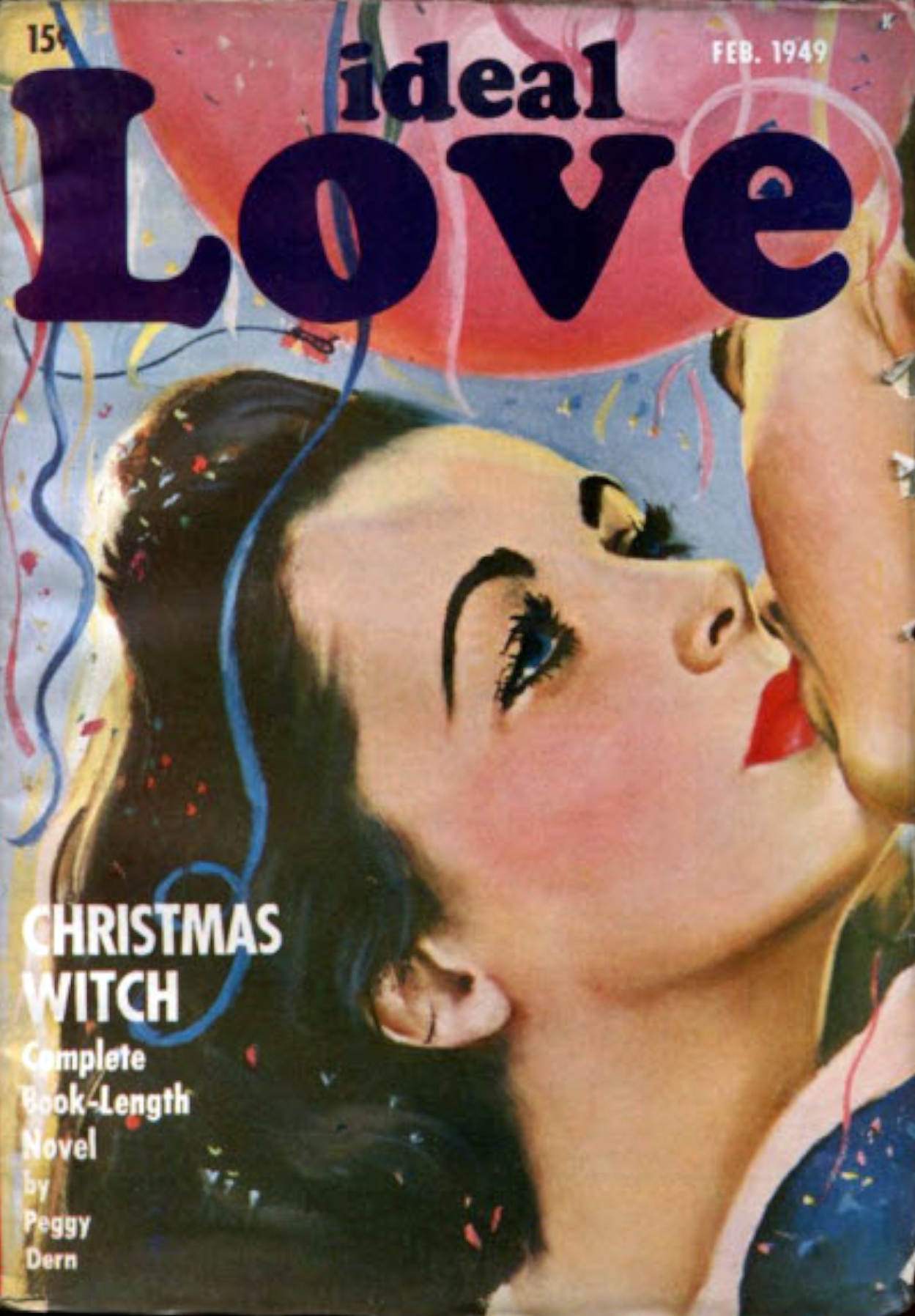
From the depths of pulp romance fiction is Christmas Witch. It tells the charming story of Chloe, a spoiled brat who dismisses Christmas as a “racket” where you “spend a lot of money you can’t afford to buy a lot of crazy gadgets nobody wants.” And the spirit of the season? Well, “Where are you going to find men of goodwill nowadays?” But her worst insult is simply that Christmas “bores” her. She’d rather spend the holiday with her friends on a yacht to Rio.
Enter Scott Kelvin, the handsome young doctor who puts Chloe “Christmas witch” in her place. With a harsh word and a firm kiss on the mouth, Chloe is stunned into disbelief. She swears to never have anything to do with that abominable man again. That is until she runs him down the next morning in her roadster. Indebted by her near-fatal accident, she agrees to put on the Christmas presentation Dr. Kelvin had planned for the poor before being hospitalized. She even agrees to get whatever presents the children ask for—no matter how difficult to acquire: “Anything short of atom bombs and bowie-knives, they shall have.”
Read more “Peggy Dern – Christmas Witch (1949)”
